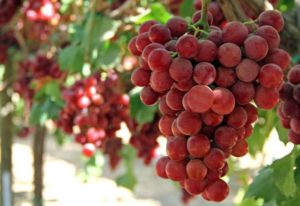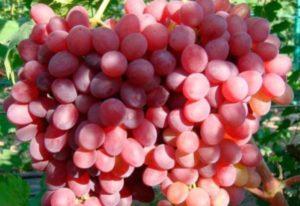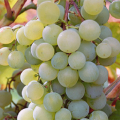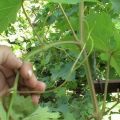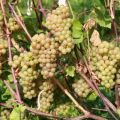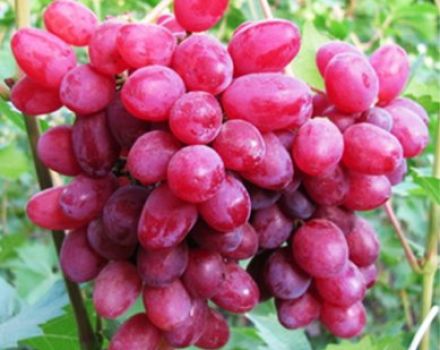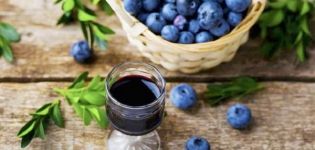Description and cultivation of Furor grapes, pros and cons and characteristics
The Furor table grape belongs to the hybrids that have inherited the characteristics of their "progenitors". The berry is slightly acidic, frost-resistant, weighing up to 30 grams. The taste is reminiscent of nutmeg, with a mild touch of sweetness. The variety belongs to the early: its ripening period is 110 days, and already in August the vine will be dotted with large, heavy bunches.
The history of breeding the Furor variety
The view is relatively new. Was obtained after pollination of table nutmeg grape lora more hardy varieties. It arose as a result of the experiment of the famous amateur breeder Vasily Kapelyushny, who devoted many years of his life to breeding hybrids.
This is how a new variety with good characteristics was created:
- delicious;
- early maturing;
- high-yielding;
- frost-resistant (up to -24 ºС).
Furora has increased adaptability to climatic conditions, this affects its popularity in all regions of the Federation, without exception. Many fruitful, sweet varieties are overly dependent on temperature conditions: they are more southern than all-weather. This does not apply to Furora: it can be grown both in the Moscow region and in the warmer regions of Russia.
Pros and cons of the view
The grapes are distinguished by their ability to preserve their presentation - the berries can hang on the bushes for a long time or lie in boxes after harvest. The grapes are large, up to 40 millimeters long, with a thickness of almost 30. The peel on the berry is black, with a light waxy coating, dense, but thin, not coarse.
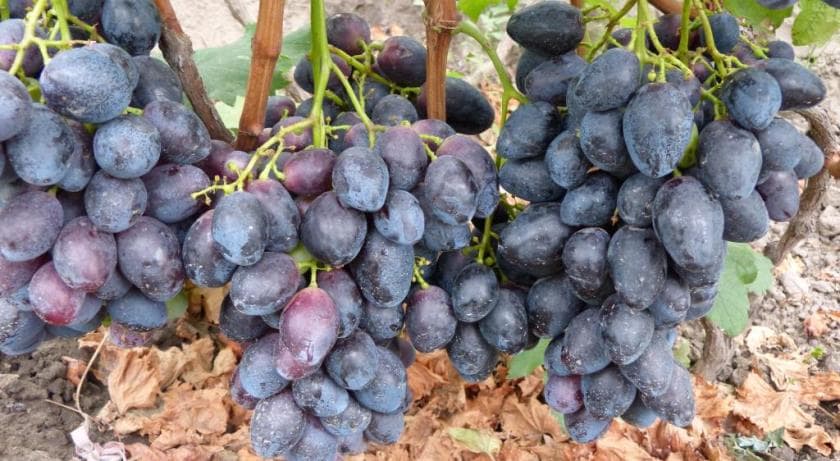
The heart is sweet, tender, aromatic and rich in juice. Frost resistance also refers to the advantages of the variety.
Thanks to her, the berry ripens in the Urals or Siberia, content with a short hot summer, and the vine can overwinter without any problems when the temperature drops to -24 ºС.
The furor is grafted onto any grape varieties, quickly adapts and begins to bear fruit. The yield is amazing: many inflorescences are tied on one bush, they have to be thinned so that weak clusters do not prevent the strong from developing. The variety also has disadvantages.
The flip side of yield was the ability to set too many inflorescences: the vine is not able to bring all of them to maturity. We have to cut off the excess, blocking the light and pulling juices.The taste and sweetness are sometimes extraordinarily attractive to wasps - attacking the berries, they eat up the clusters almost to the bones.
Description of grapes
Furor looks colorful: long, slightly tapering towards the end, grapes, heavy bunches. The berries are dark.

For clarity, it is more convenient to list the characteristics of the variety as a list:
- The type of variety is table.
- Acidity - up to 5 grams per liter.
- The sugar content is up to 23%.
- Resistance to low temperatures - up to -24 ºС.
- The size of the berries is 40 (length) x 28 (diameter) millimeters.
- Fruit weight - up to 30 grams.
- Taste features - mild nutmeg taste.
External parameters
The furor is easily recognizable due to the shape and color of the berries - black hefty cylinders on full bunches. When you touch the peel, a light bloom of wax remains, which covers the ripe fruits. The average weight of a bunch is 900 grams or more (there are up to one and a half kilograms). They have a characteristic elongated cylindrical orientation (up to 25 centimeters long), the berries are densely located one to the other.
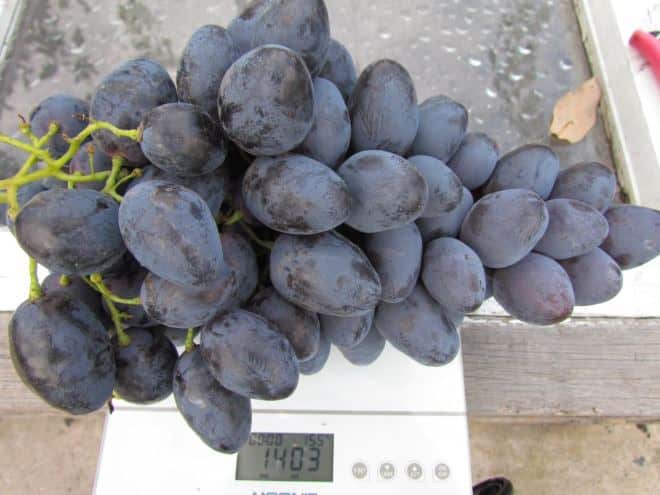
Taste qualities of berries
The Furor grape is famous for its sweet, refined taste: it looks like a table, and its ancestor is one of the Muscat varieties. There is enough sugar in the berry (almost a quarter of the mass of the berry), the slight sourness does not spoil the bouquet at all. The skin is thin, it is almost not felt. This is a ready-made dessert - it remains to serve ripe, heavy bunches.
Yield
The variety has an excellent yield, and this indicator does not depend on the method of cultivation and the type of rootstock. The bunch is heavy, weighing about a kilogram. The berry retains a pleasant appearance for a long time, is well stored.
Frost resistance
Furor has high frost resistance, tolerates cold snaps and temperature drops. When grown in the southern regions, they do without shelter, in the Middle Strip and the northern regions, you will have to worry about protecting the vines from cold air.

Disease immunity
The resistance to typical diseases in grapes is average. It does not lend itself to gray rot, mildew or powdery mildew, this is its advantage, in comparison with more tender varieties.
Landing dates
In order for the seedlings to take root well, they must be planted at a certain time, observing the rules and requirements for handling grape bushes, having previously selected and prepared the site. Regarding the planting period - early spring or autumn - the following rules apply:
- spring seedlings are more likely to take root, this method is suitable for novice gardeners;
- "Winter" planting is dangerous because the immature plant is exposed to low temperatures; if not protected, the bush will die.
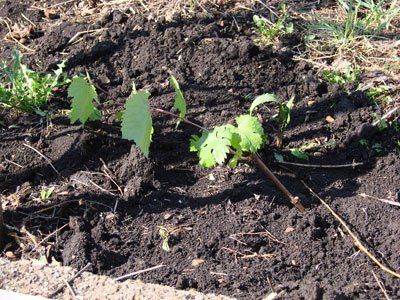
Spring
Most winegrowers prefer the period from mid-April to the second decade of May for growing berries. Practice shows that such seedlings have a higher chance of survival than those left in the winter: during the spring and autumn, the bush manages to gain strength, and with proper shelter, it acclimatizes well after the cold season.
Autumn
When planting in autumn (this is the end of September, after harvesting), the gardener can more thoroughly prepare the soil, saturate it with nutrients and moisture. Mulching contributes to the preservation, accumulation of useful components, for this they use sawdust, humus.
Landing technology
The variety has not yet been studied enough, therefore, standard recommendations for planting and site selection apply to it. You should take care of feeding in advance: the plant will need minerals to form the root system and grow the vine.
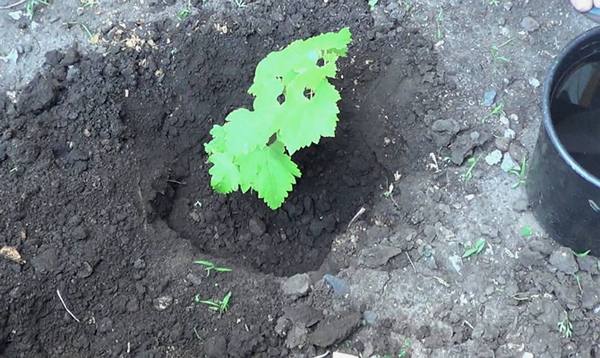
Choosing a place for planting
It is better if it is the south-west or south side, at the same time well-lit, warmed up and closed from the through streams of air. The soil should be light, well-drained, not too moist (waterlogged) and not particularly dry, with a sufficient set of nutrients.
Sapling selection
Sick, sluggish seedlings with traces of aphids or other pests are not suitable for planting. Since most bushes are preparing for planting in the fall, waiting for the warmth, it is better to choose the strongest of them in advance and provide them with a normal winter.
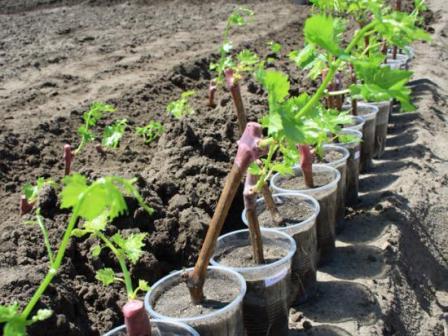
Soil and seating chart
The soil for Furora needs light, it is possible loam, in no case flooded and without closely located aquifers. There is nothing unusual in the seating scheme: the step between adjacent bushes is up to 3 meters (not less than 2), from row to row - 3-4 meters. Be sure to install racks or trellises in advance, along which branches will curl, a vine will form.
Grape care
The variety is unpretentious, but needs care. This is an irrigation regime, grafting, timely pruning, loosening of the root zone, prevention of pest damage and shelter for the winter.
Graft
Furor is perfectly grafted on all varieties, the technique is standard. For the scion, cuttings are prepared and waxed in advance, the lower part is soaked in a growth stimulator. Next, the shank of the bush is carefully split, a stalk is inserted into the resulting gap, securely fixed with a winding (coated with clay).
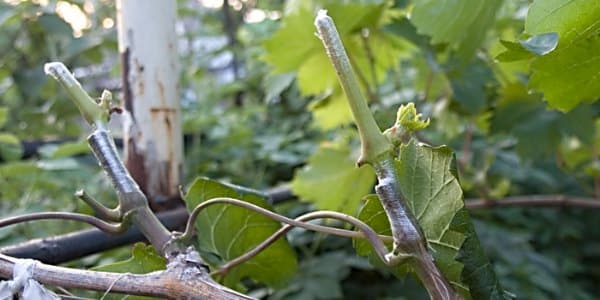
Watering mode
The species is hygrophilous, but an excess of liquid in the soil, it is painful to endure stagnation. A good solution would be the drip irrigation technology used by modern gardeners, in which the bush receives a metered amount of moisture.
Fertilization
Furor is fed with mineral and organic fertilizers, at the request of the owner. Humus, compost, superphosphate and other complexes are suitable.
Trimming and loosening the soil
The hybrid has good potential for the formation of clusters of grapes, but the same indicator can harm it: the vine will not be able to feed all the clusters. Exit: some of them will have to be cut, leaving no more than 40 eyes per bush. There is no need to be afraid to remove the "extra" ovaries, so the rest will be able to fully develop.
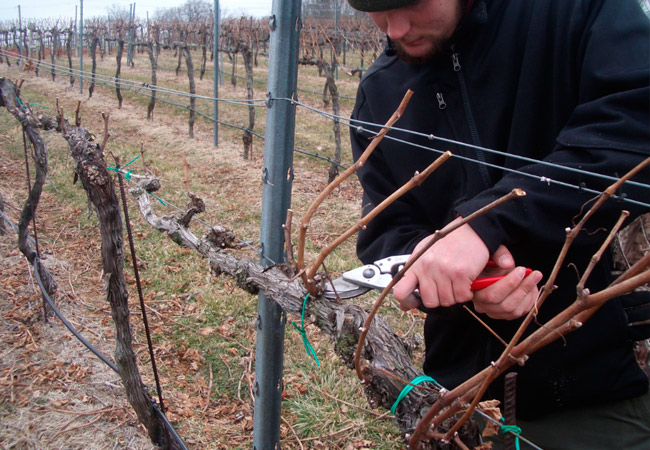
Loosening is a mandatory procedure: it helps to destroy the colonies of parasites (aphids), provides air exchange in the soil layers.
Preparing for winter
It includes pruning, feeding, and shelter. All unnecessary things are removed: dry shoots, the remains of leaves, at the same time they form shoots. Sometimes organic matter (compost or manure) is added. To gradually "accustom" the vine to low temperatures, in the first winter it is covered carefully, according to all the rules, in the second - too, and already in the third not completely, leaving one arm unprotected.
This "hardening" will allow you to get a strong and hardy plant. In the southern regions, Furor will easily endure the cold season, in the northern regions it is sheltered, protecting the stem and shoots.
Prevention and control of diseases and pests
Includes an external examination of the plant, whether there are traces of diseases (to which the variety is sufficiently resistant), the presence of parasites. If necessary, pesticides are used, the damaged fragments are mechanically destroyed, removing them from the plant, and the root zone is loosened.

The beginning of fruiting
Comes in August, 105-110 days after setting. Requires care from the owner: individual clusters will have to be removed so that the remaining ones can get enough light and heat from the sun, juice from the vine.
Collection and storage duration of berries
Large, heavy bunches are easy to pick, they can hang on the vine without falling off for another month or two. The grapes tolerate transportation well, thanks to the dense skin, the berries are not damaged.
